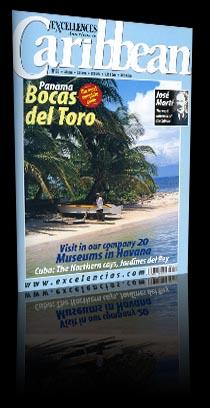Speaking with Eusebio Leal: “Let’s approach people to the Cuban reality”
Excellences interviewed Eusebio Leal Spengler, the Historian of Havana, that pointed out the size of the Cuban capital as Human Heritage and the soutenable tourism as the instigator of progress.
The Historian of the City of Havana, Eusebio Leal, is the president of the Monuments Provincial Commision, and he has worked on many projects. He is author of essays and articles about the Cuban History and he has been awarded for his labour of divulgation of the cultural heritage of Cuba. What values contributed that Old Havana were declared Heritage of Mankind? The special outline of the founding area, the system of squares and small squares that resulted in the urban development and the powerful system of fortification, are the most significant aspects that distinguished the old city from other historic regional centers. These values in general and the express political will of recovering them makes possible that in 1982, the historic center of Havana and its fortification system, were declared Cultural Heritage of Mankind, being number 27 on the List of the World Heritage. Which tasks are inthe plans of restoration? A tactic has been that of concentrating the investments so as to achieve complete, rehabilitated and attractive areas that encourage at the same time, a multiplier effect of new investments and interests. Also we tend to recover those axes which connect the said areas or others which are limits, so that to surround the whole perimeter of the historic center for a further option of what we call the deep Old Havana. The Office of the Historian of the City has always contributed with restorations, out of the Old Havana territory since it is closely related to the cultural world of the whole city. The Malecón Plan, and the pantheons of Columbus Cemetery are examples of this policy. What is for you sustenaible tourism? Regarding sustenaibility as an action that allows recovery while using its own means, without commiting the future development and thus garanteeing a steady process, the rehabilitation project of Old Havana has a clear sustainable orientation. The exploitation of tourism in highly valuable territories should be accompanied by a great sensibility and knowledge of those elements which make them attractive. The binomial culture-tourism will always be a good formula as long as the strategies are developed concerning the exploitation of the cultural resource in close relation with the development of society. If a friend tells you that he will come to Havana, which places will you recommend? The first step will be to visit Old Havana late in the night, especially Cathedral and Arms square. On the following day, to visit the fortresses is a must, to have a panoramic view of the city, there would be essential to stay until evening. After these experiences, the visitor would fall in love with the city for ever.






























































